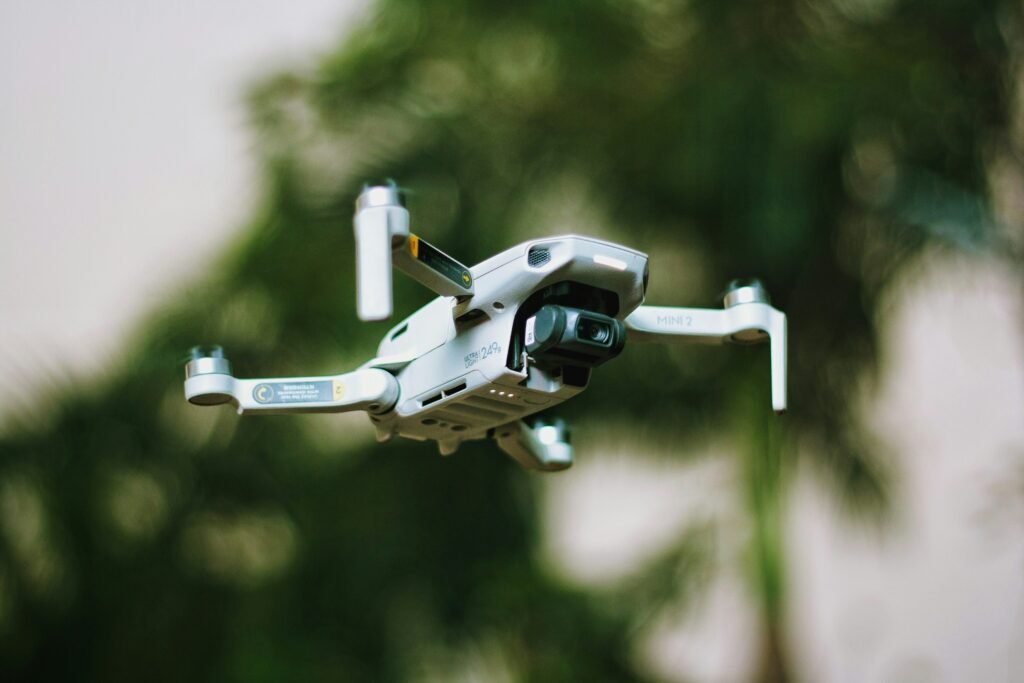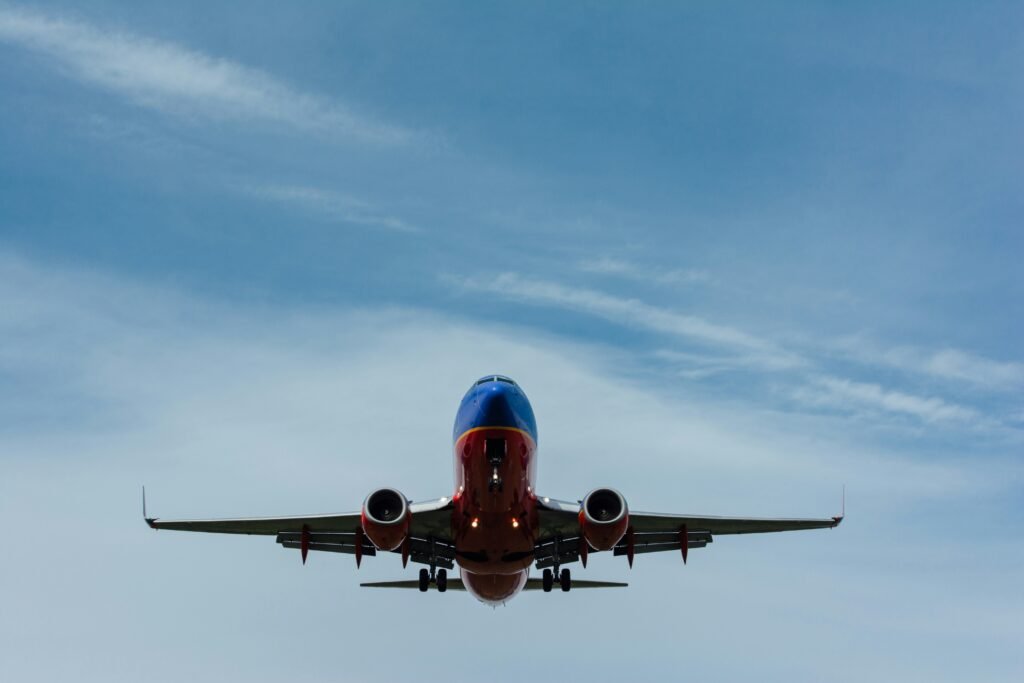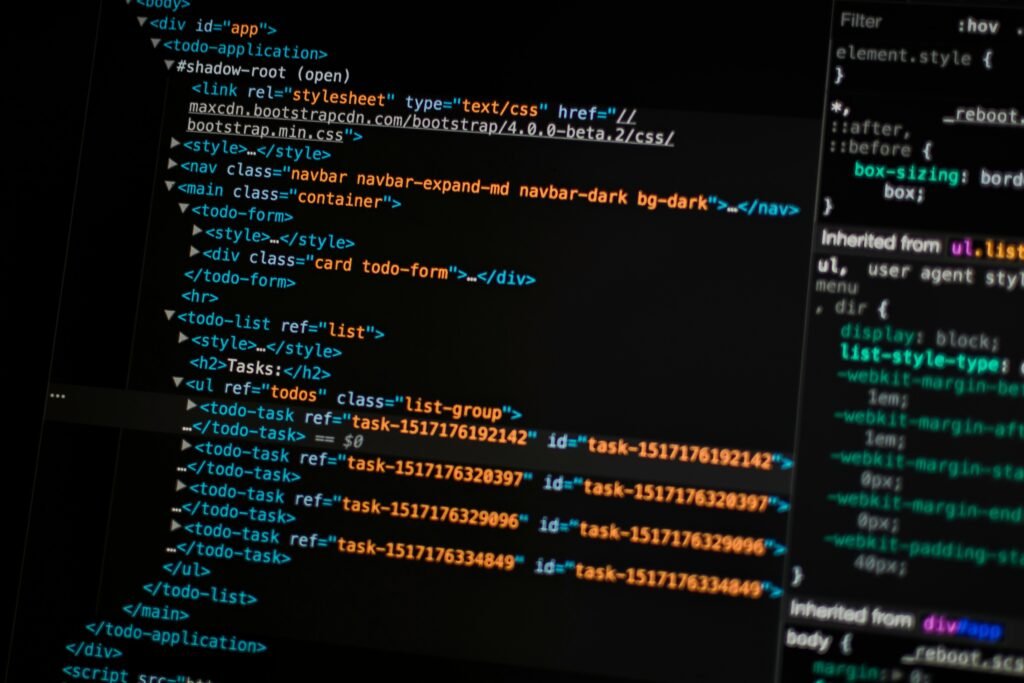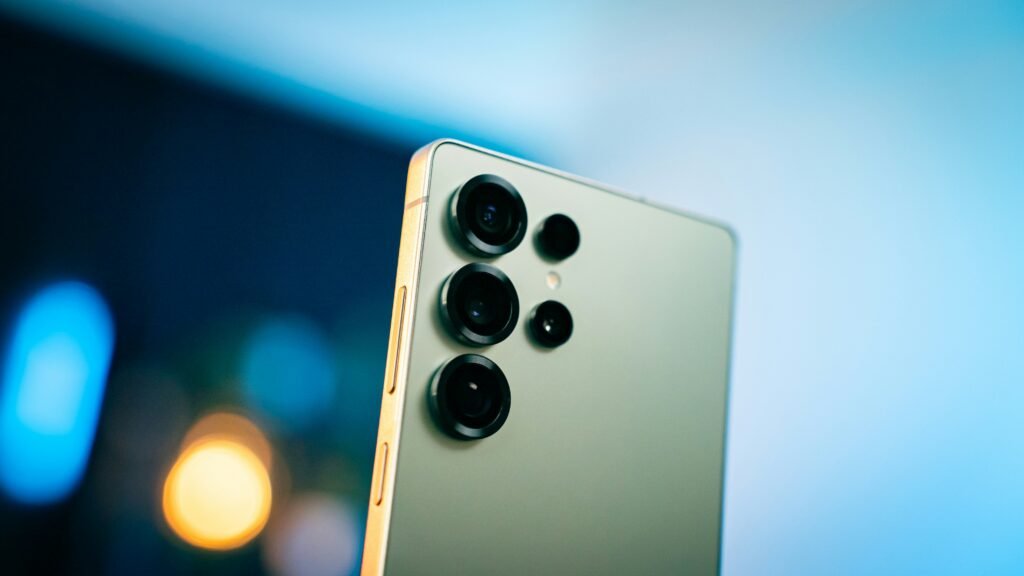
Introduction to DJI Drones
Established in 2006, DJI has consistently played a pivotal role in advancing drone technology, making substantial contributions to the development of unmanned aerial vehicles (UAVs). Originally based in Shenzhen, China, DJI began as a small startup focused on flight control systems before evolving into a global leader in the drone market. Its innovative approach to UAV design and manufacturing has set benchmarks for performance, safety, and accessibility, providing users with sophisticated yet user-friendly products.
DJI’s drones are recognized for their cutting-edge features, such as high-definition cameras, advanced stabilization systems, and intuitive control options. Their offerings, including the Phantom, Mavic, and Inspire series, represent a blend of engineering excellence and practicality. This remarkable technology has made DJI drones indispensable in various sectors, including aerial photography, cinematography, agriculture, and even search and rescue operations. By incorporating features like GPS, return-to-home functionality, and obstacle sensing, these drones not only enhance user experience but also ensure safety during flight.
The significance of drone technology has burgeoned in recent years, transforming industries and everyday activities. In photography and cinematography, DJI drones offer creatives the ability to capture stunning aerial footage and expansive landscapes from high altitudes, providing a unique perspective that was previously difficult to achieve. Agriculture has also seen the impact of drone technology, with UAVs being utilized for crop monitoring and precision farming, helping increase yields and optimize resources. Furthermore, recreational users have embraced drone flying as a thrilling hobby, propelled by DJI’s commitment to providing accessible products for enthusiasts of all skill levels.
With a focus on innovation and customer satisfaction, DJI remains at the forefront of the drone industry, continuously developing and refining its products to meet the diverse needs of its users. As drone technology continues to evolve, DJI’s influence and leadership position are more pronounced, shaping the future of aerial exploration.
Key Features to Look for in a Smart Drone
When considering the purchase of a smart drone, numerous key features warrants attention, as these specifications greatly impact the overall flying experience and utility. One of the most significant aspects to evaluate is flight time, which usually varies between different models. A longer flight time allows users to capture more footage and explore greater distances without frequent recharging. Most contemporary drones offer flight times ranging from 20 to 30 minutes, though some advanced models can exceed this duration.
Another critical feature to look for is the range of the drone, which refers to the maximum distance that the drone can operate from the controller. Typically, consumer drones have ranges that vary from a few hundred meters to several kilometers. A more extensive operational range allows for more expansive aerial photography and video opportunities.
Camera quality is also paramount in evaluating smart drones, especially for photographers and videographers. The resolution, sensor size, and lens quality determine the clarity and detail of the captured images and videos. Many high-end models can record in 4K resolution and feature gimbals for stabilization, ensuring smooth shots, even in windy conditions.
Stabilization technology is an indispensable feature as it directly affects the quality of your aerial footage. Drones equipped with advanced stabilization systems, such as gimbals, significantly enhance the smoothness of the video. Additionally, GPS capabilities are crucial for navigating and returning home safely. GPS technology supports various flight features, including waypoint navigation, altitude hold, and intelligent flight modes, allowing for a more user-friendly experience.
Finally, consider the ease of use when selecting a smart drone. User-friendly interfaces, automatic flight modes, and comprehensive tutorials can make learning to fly a drone less daunting for beginners. In today’s market, many drones are designed with intuitive controls that accommodate users of all skill levels, ensuring a rewarding flying experience.
Top DJI Drone Models and Their Specifications
DJI has established itself as a leader in the drone industry, consistently producing models that cater to a variety of needs, from casual users to professional filmmakers. In this section, we will discuss some of the best DJI drone models currently available, highlighting their specifications such as camera quality, battery life, maximum flight range, and unique features.
The DJI Mavic Air 2 is a compact yet powerful drone equipped with a 48-megapixel camera capable of capturing 4K video at 60 frames per second. With a flight time of up to 34 minutes and a maximum range of 10 kilometers, it appeals to both beginners and seasoned drone enthusiasts. Advanced features like SmartPhoto and HDR video capabilities make this drone stand out in its category.
Another remarkable model is the DJI Mini 2. Weighing just 249 grams, it is highly portable without compromising on performance. The drone features a 12-megapixel camera that supports 4K video recording at 30 frames per second. With a flight time of 31 minutes and a transmission range of up to 10 kilometers, the Mini 2 is perfect for travelers and outdoor adventurers.
For professional users, the DJI Phantom 4 Pro V2.0 offers sophisticated imaging capabilities. It houses a 20-megapixel camera with a 1-inch Exmor R CMOS sensor, enabling stunning 4K video at 60 frames per second. The drone boasts an impressive flight time of 30 minutes and a maximum range of 7 kilometers, while its obstacle avoidance system enhances safety during flights.
Lastly, the DJI Inspire 2 is designed for cinematographers, featuring a dual-camera setup that allows for simultaneous recording of separate video feeds. This model delivers exceptional image quality thanks to its 5.2K camera capabilities. The Inspire 2 also has a flight time of approximately 27 minutes and a range of up to 7 kilometers, making it a professional’s choice in the aerial photography realm.
Each of these models presents distinct specifications and features tailored to different users, reinforcing DJI’s commitment to innovation and quality in the drone market.
Camera Quality and Imaging Technology
The camera quality of DJI drones is a pivotal aspect that greatly influences aerial photography and videography outcomes. One of the primary indicators of a camera’s capability is its megapixel count. Higher megapixels often correlate with greater detail in images, allowing for larger prints and more significant cropping options while still maintaining clarity. DJI’s range of drones includes models equipped with cameras featuring resolutions from 12 MP to an astonishing 48 MP, enhancing the versatility for both amateurs and professionals alike.
Aperture size plays an equally important role, as it determines the amount of light reaching the camera sensor. Drones with adjustable aperture settings provide flexibility in various lighting conditions, enabling users to achieve specific depth of field effects. For instance, a lower f-stop number allows more light, which is beneficial for capturing vibrant images during low-light conditions, while a higher f-stop can increase the depth of field for expansive landscape photography.
ISO range is another critical specification. A wider ISO range allows drone operators to shoot effectively in varying light scenarios without sacrificing image quality. High ISO settings can introduce noise, but many DJI drones utilize advanced noise reduction technologies to maintain a clean image even at elevated ISO values.
Regarding video resolution, DJI drones have set industry standards with capabilities ranging from Full HD (1080p) to 4K and even 6K in select models. This ensures that videographers can produce high-quality footage suitable for platforms and projects requiring detailed resolution. Furthermore, advancements in gimbal and image stabilization technology have drastically improved the smoothness of video, counteracting the inherent vibrations and movements during flight. Sophisticated stabilization systems compensate for drone turbulence, allowing for fluid, cinematic shots that elevate the overall quality of aerial productions.
Flight Performance and Battery Life
When evaluating the specifications of the best DJI drones, understanding flight performance is crucial. Flight performance encompasses several key metrics, including speed, altitude, and maneuverability. These metrics significantly influence a drone’s ability to perform in various scenarios, whether for recreational use or professional applications. For instance, typical DJI drones can reach maximum speeds ranging from 15 to over 40 miles per hour, depending on the model and environmental conditions. This speed capability allows for fast aerial photography and efficient surveying tasks.
Altitude is another important factor; many DJI drones can ascend to heights of 500 meters or more, providing expansive views and the ability to explore vast terrains. This altitude capability is particularly beneficial for photographers and filmmakers who seek dramatic shots from high vantage points. Additionally, maneuverability varies across models but is generally excellent in DJI drones, allowing for agile movements and smooth tracking of subjects. Features like advanced GPS and vision sensors contribute to superior stability, ensuring that even in high winds, the drone remains steady and responsive.
Battery life is a pivotal consideration when discussing flight performance. Most DJI drones boast a flight time of approximately 20 to 30 minutes on a single charge, which can be influenced by factors such as wind resistance and payload weight. A longer battery life enhances the overall flight experience by allowing users to maximize their time in the air without frequent interruptions. Rapid charging options are also available in certain models, reducing downtime between flights. Therefore, it is essential to assess both flight performance metrics and battery specifications to determine the most suitable DJI drone for individual needs.
Safety Features and Reliability
DJI drones are renowned for their advanced safety features that not only enhance user experience but also ensure optimal reliability during flight. One of the most significant elements is obstacle detection, which uses a combination of sensors to identify potential hazards in the drone’s flight path. This capability allows the drone to automatically avoid collisions, thereby reducing the risk of accidents and ensuring safe navigation in diverse environments.
Another critical safety feature is the return-to-home functionality. This system automatically brings the drone back to its point of takeoff in situations such as low battery alerts or loss of signal. Users can have peace of mind knowing that their equipment and investment are safeguarded even in unforeseen circumstances. The precision of this feature is instrumental in preventing loss or damage, especially for beginners who may not yet be fully familiar with drone operation.
Geofencing also plays a vital role in the safety protocols of DJI drones. This digital boundary system prevents users from flying in restricted areas, such as near airports or sensitive locations, ensuring compliance with local regulations. By integrating geofencing technology, DJI promotes responsible drone flying, which not only enhances safety for the operator but for the general public as well.
Lastly, DJI drones are equipped with fail-safe mechanisms. These systems monitor various flight parameters and detect any irregularities. Should a significant issue arise, the fail-safe modes either safely land the drone or trigger other protective measures. Together, these safety features contribute to building user confidence in the reliability of DJI products, making them suitable for both amateur enthusiasts and professional operators. The incorporation of such advanced technologies distinguishes DJI drones as a leader in safety and dependability within the UAV (unmanned aerial vehicle) market.
User Interface and Control Options
The user interface and control options of DJI drones are pivotal in ensuring an enjoyable flying experience, catering to both novice and experienced users. Central to this experience is the DJI Fly app, which serves as the primary interface for managing flight settings, accessing camera controls, and reviewing footage. The app’s design prioritizes intuitive navigation, enabling users to quickly familiarize themselves with various features without feeling overwhelmed. This ease of use is particularly important for those who may be new to drone operation.
In addition to the app, DJI drones are typically outfitted with ergonomic remote controls that enhance the flying experience. These remote controllers often come equipped with responsive joysticks, customizable buttons, and an integrated display for real-time feedback. The ability to adjust parameters like flight speed, altitude, and camera angle directly from the remote provides users with a tailored experience while allowing for precise maneuverability. This level of control is crucial for capturing stunning aerial imagery or executing complex flight patterns.
Furthermore, advanced control modes such as Follow Me and Waypoints offer added versatility. The Follow Me mode allows drones to autonomously follow the user, which is particularly useful for filming outdoor activities. On the other hand, the Waypoints feature enables users to pre-program a route for their drone, allowing for a hands-free flight experience while ensuring the drone captures footage from specific angles and locations. These features reflect DJI’s commitment to enhancing the user experience through technology, making it easier for individuals to harness the full potential of their drones.
Ultimately, the user interface and control options available in DJI drones greatly contribute to their appeal. The combination of an accessible mobile app, user-friendly remote controls, and innovative flight modes ensures that both beginners and seasoned operators can enjoy a seamless and engaging flying experience.
Price Comparison and Value for Money
When assessing the affordability of DJI drones, it is essential to consider various models that cater to both entry-level users and professional enthusiasts. The range of prices can vary significantly, often reflecting the features, capabilities, and intended usage of each model. For instance, entry-level drones, such as the DJI Mini SE, typically retail around $299. These drones are designed to appeal to beginners who are looking to explore aerial photography without incurring a hefty investment. The Mini SE provides a comprehensive set of features, including a 2.7K camera, a flight time of up to 30 minutes, and user-friendly controls. This makes it an excellent choice for amateur drone pilots seeking value for their money.
On the other hand, high-end models, such as the DJI Mavic 3, command a much higher price point, often exceeding $2,000. Equipped with advanced specifications like a dual-camera system, 5.1K video recording, and innovative safety features, the Mavic 3 is intended for professional content creators who require high-quality imagery and video. While the initial investment is substantially greater, the performance and output capabilities often justify the price, providing excellent value for those in creative industries.
It is crucial for potential buyers to evaluate their specific needs and budget when selecting a DJI drone. For hobbyists and casual users, investing in a mid-range model, such as the DJI Air 2S priced around $999, can strike a balance between quality and cost. This model features a 20MP camera, intelligent shooting modes, and robust flight performance, offering considerable benefits at a reasonable price. In examining these choices, prospective drone users can make informed decisions based on their intended usage and budget considerations, ensuring they select a model that offers the best value for their investment.
Conclusion: Choosing the Right DJI Drone for You
Choosing the right DJI drone requires careful consideration of various factors tailored to your specific needs. Each user demographic has unique requirements, and understanding these distinctions is vital for making an informed decision. For instance, hobbyists may prioritize ease of use, enjoying flight experiences without extensive technical knowledge. Models such as the DJI Mini series are ideal for beginners because of their user-friendly controls and lightweight design, allowing casual fliers to engage with drone technology seamlessly.
On the other hand, professionals in fields such as photography, videography, and surveying may seek advanced models that offer superior camera capabilities and extended flight times. The DJI Mavic series provides exceptional imaging quality and advanced features, catering to those whose work demands precision and reliability. Similarly, industry-specific operators, including agricultural professionals or search and rescue teams, benefit from specialized drones, such as the DJI Matrice series, which can be equipped with the necessary tools for targeted applications.
As you analyze your options, consider several key specifications that matter most in your intended usage. Flight time, payload capacity, camera quality, and range are fundamental to assess when selecting a drone that meets your specific goals. Additionally, evaluating the ease of transport and storage can influence your decision, especially for those frequently on the move.
Ultimately, the ideal DJI drone for you will depend on a balance between your operational needs and budget constraints. By carefully weighing these considerations, you can choose a model that not only meets your immediate requirements but also enhances your experience, helping you capture stunning visuals or achieve your project objectives efficiently. Making an educated choice will ensure you enjoy all the benefits of drone technology tailored to your individual needs.


